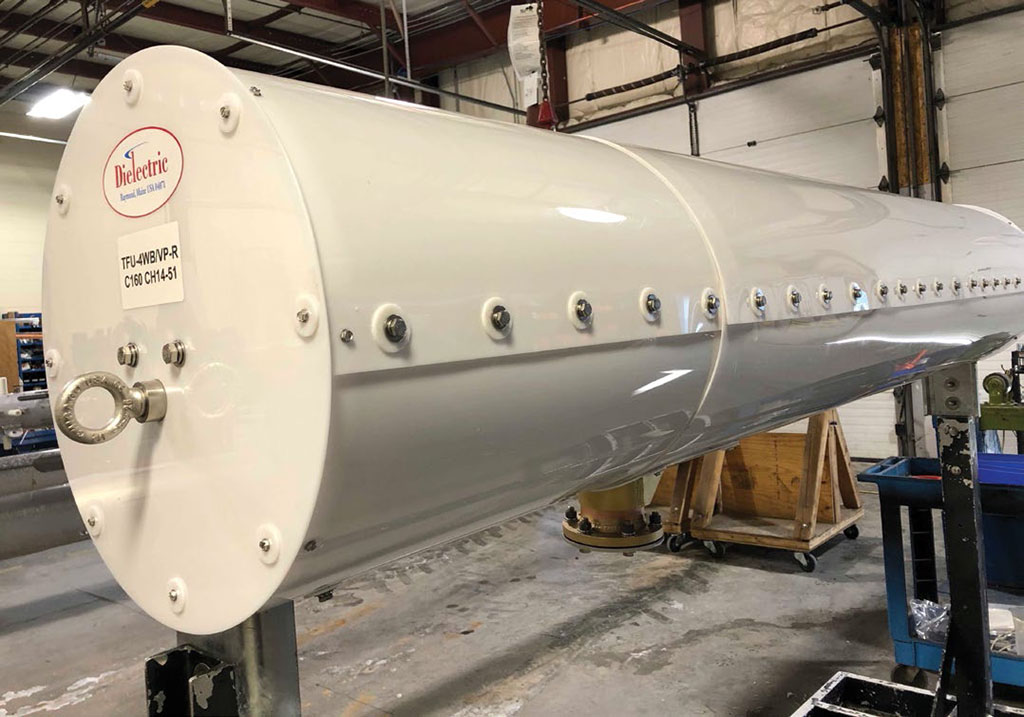NextGen TV to Spur Transmission Market
Manufacturers are ready for where the new transmission standard will lead market

WASHINGTON—Despite the heavy focus on completing the TV spectrum repack by the July deadline, manufacturers of transmission equipment have also been planning ahead for what comes next—NextGen TV and all that comes with it, such as hybrid connectivity, interactivity, hyper-localization of advertising and emergency alerting information, single-frequency networking and more.
“IP connectivity and NextGenTV are very closely coupled concepts and are both key factors in driving product development decisions at Hitachi-Comark,” said Joe Turbolski, vice president of sales and marketing for the company. “ATSC 3.0 uses IP transport instead of MPEG-2 transport streams. Even the link between the studio and the transmitters is IP-based. That is why we incorporated ‘IP-Optimized’ platforms in our transmitters over three years ago. IP connectivity continues to spread further and further into the television studio’s infrastructure.”
Hitachi Comark recently launched Comark Digital Services (CDS), designed to help broadcasters integrate NextGen TV, according to Turbolski.
“CDS focuses on ‘all things IP,’ including encoding, signaling servers, broadcast gateways, as well as IP delivery solutions over pubic internet links,” he said. “Many of the solutions CDS integrates for NextGen TV are software products that are virtualized to run on dedicated servers, enterprise-level IT infrastructure, or even in cloud-based environments.”
Ray Miklius, vice president and general manager of TV Products at GatesAir, said that his company would also be operating with a slightly different focus.
“Transmission vendors have been focused on development roadmaps for ATSC 3.0 for several years and have tested and validated the basic feature sets of the standard,” said Miklius. “Attention has now turned to validating advanced features more recently added to the standard. This includes STL Security, a security layer that encrypts the ATSC 3.0 content path. GatesAir has now completed software development and [this] is integrated into our ATSC 3.0 software load line.
“With NextGen TV, the easiest part of the transition should be lighting up your transmitter,” Miklius added. “The biggest questions will be around what’s upstream of the transmitter, including ATSC 3.0 encoding, and the scheduler/framer configurations. We see the ongoing education process of preparing the broader RF infrastructure for the ATSC 3.0 transition to be as much of, if not more, of a trend with NextGen TV than the technology itself.”
Keith Pelletier, vice president and general manager at antenna supplier Dielectric, said the company is putting a big emphasis on NextGen TV.
“The broadcast leadership teams understand NextGen TV presents an opportunity to change the traditional landscape of terrestrial broadcast, and that without it they risk going dark,” said Pelletier. “NextGen TV introduces many significant advancements in technology that will benefit audiences, including the evolution of stationary television to mobile platforms. The mobile applications and opportunities are vast, and the amount of bits that can be delivered allow broadcasters to better address local populations.
“Working with groups like Pearl, ONE Media, SBG, and many others, Dielectric has introduced SFN-ready antenna systems that address signal strengths required for NextGen TV. We have a dedicated engineering R&D team that has developed many products, with many more to come, that will fit the needs for the future of broadcast.”
Get the TV Tech Newsletter
The professional video industry's #1 source for news, trends and product and tech information. Sign up below.
